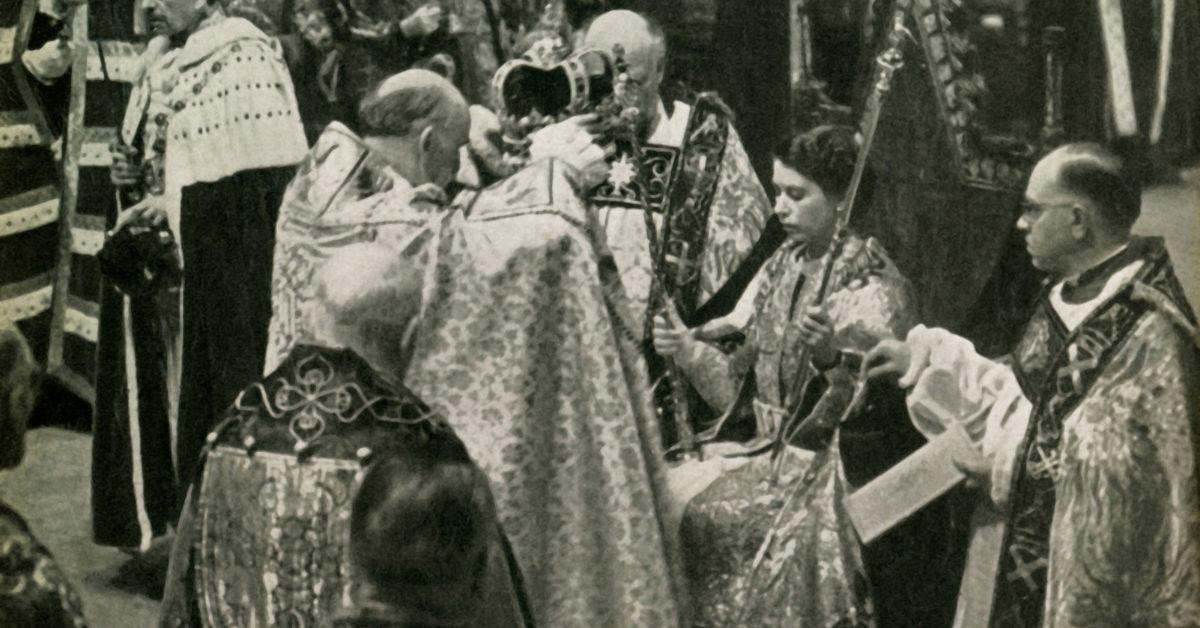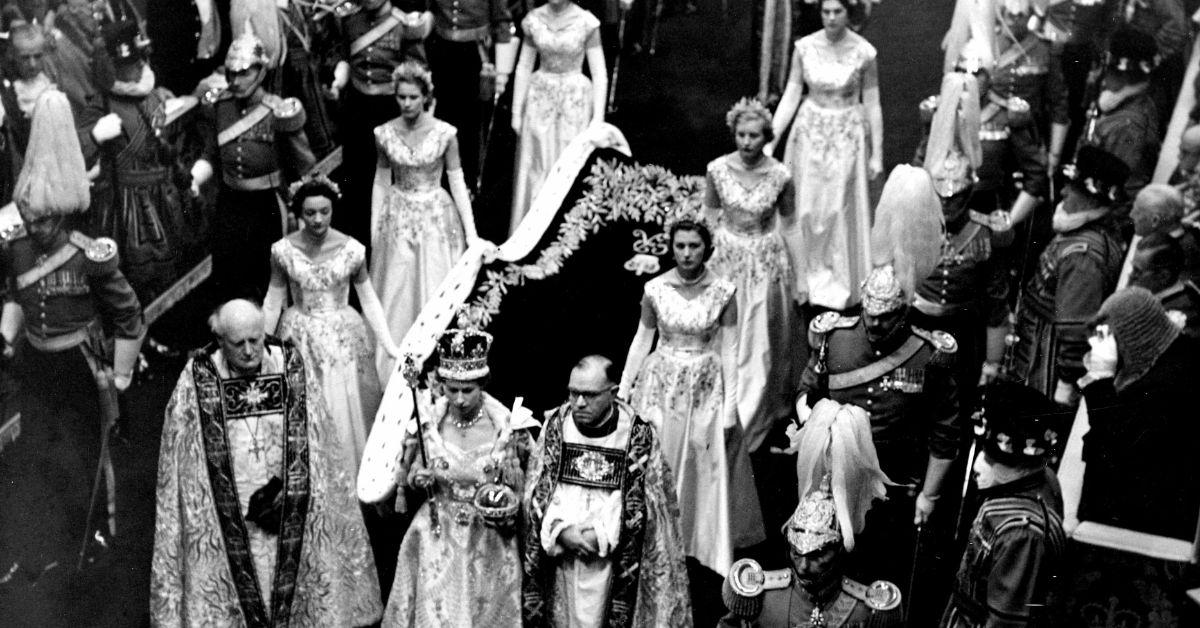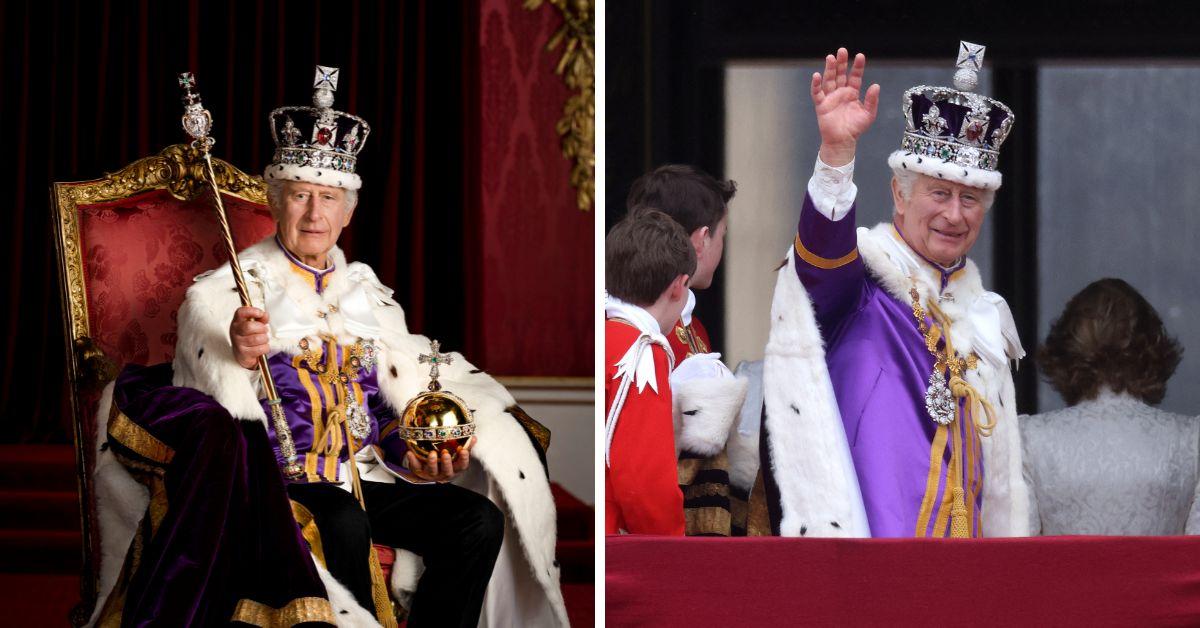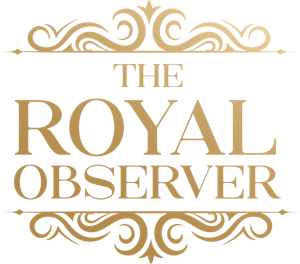A Queen Is Crowned: The Unforgettable Pageantry of Elizabeth II's 1953 Coronation

Queen Elizabeth II's 1953 coronation was cheaper than King Charles' primarily because of less security concerns.
"I have in sincerity pledged myself to your service, as so many of you are pledged to mine. Throughout all my life and with all my heart, I shall strive to be worthy of your trust."
In this brief, heartfelt declaration, at the age of 25, Princess Elizabeth pledged to remain queen for the rest of her days after her coronation ceremony at Westminster Abbey on June 2, 1953.
Her father, King George VI, had been thrust onto the throne in 1937 after his brother, King Edward VIII, rocked the monarchy by abdicating to marry a two-time divorcée.
The young sovereign was keenly aware of her duty to protect the stability of the royal family. The newlywed Elizabeth had been on a royal tour in Africa when she learned of her father's death on Feb. 6, 1952. Though she immediately headed back to London, her coronation was more than a year in the making, with her husband, Prince Philip, taking chairmanship of the oversight committee.

The coronation was televised for the first time, allowing the public to get an immediate glimpse inside the abbey at the pomp and circumstance surrounding the occasion. As a result, it lives on vividly for many who witnessed it. More than 8,000 guests began arriving at the abbey as early as 6 A.M. Elizabeth arrived at about 11 A.M., proceeding along a route lined with soldiers, sailors, and airmen, and women from across the British Empire and Commonwealth.
Her elaborate gown and ermine-trimmed robe were so heavy, she found it difficult to walk, whispering to Geoffrey Fisher, the Archbishop of Canterbury, "Get me started!"
Once going, the procession, which included the various high commissioners of the Commonwealth carrying banners bearing the shields of the coats of arms of their respective nations, moved inside the abbey, up the central aisle, and through the choir to the stage for the accession ceremony.
As Elizabeth was crowned by the archbishop, the crowd called out "God save the queen!" three times at the exact moment St. Edward's Crown, which was made for Charles II in 1661, was placed on her head.

The princes and peers put on their coronets, and a 21-gun salute was fired from the Tower of London to announce the news to the rest of the nation.
Elizabeth took the throne, and the Archbishop of Canterbury and his bishops swore their loyalty. As the choir raised their voices in song, the peers of the United Kingdom — led by Elizabeth's husband; her uncle, the Duke of Gloucester; and her cousin, the Duke of Kent — then stepped forward to pay homage and offer allegiance to the young queen.
After the last baron pledged his fealty, the assembly shouted, "God save Queen Elizabeth. Long live Queen Elizabeth. May the queen live forever!"

The monarch removed her royal regalia — including the nearly 5-pound St. Edward's Crown, and knelt and took communion. After making a confession and receiving absolution, she joined the assembly in reciting the Lord's Prayer.
Then, as the gathered guests sang the national anthem, "God Save the Queen," Elizabeth, wearing the Imperial State Crown and carrying the Royal Sceptre, exited Westminster Abbey out the Great West Door. The waiting was over, and the hard work of rule was about to begin.
Elizabeth II reigned for 70 years, seven months and two days. As she promised, she held her vow to the nation and Commonwealth realms until her dying breath on September 8, 2022, at Balmoral Castle in Scotland.
Most of the essential, ancient elements of the coronation were retained for her heir and eventual successor, King Charles III’s, crowning on May 6, 2023. Even though the ceremony was largely identical to his mother’s, some commentators and historians couldn’t help but notice that a bit of the magic and luster of such a legendary event had evaporated into the mists of a bygone era.
